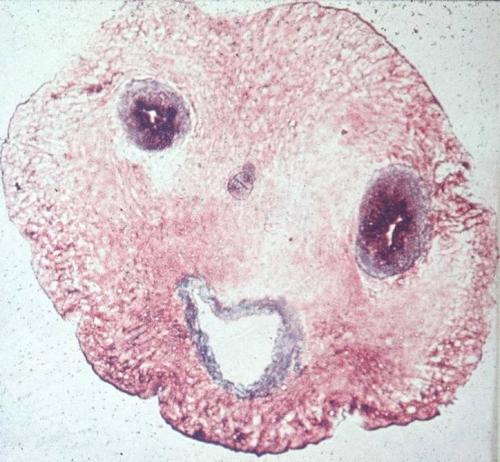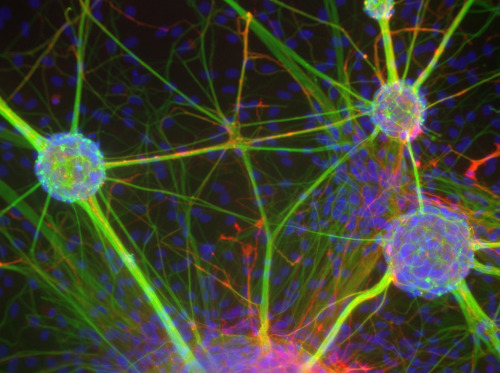До чего дошла наука... Читаем на http://www.biology-blog.com/blogs/permalinks/9-2009/drug-free-cannabis-plant.html
Drug-free Cannabis plant
In a first step toward engineering a drug-free Cannabis plant for hemp fiber and oil, University of Minnesota scientists have identified genes producing tetrahydrocannabinol (THC), the psychoactive substance in marijuana. Studying the genes could also lead to new and better drugs for pain, nausea and other conditions. The finding is reported in the recent issue of the Journal of Experimental Botany Main author is David Marks, a professor of plant biology in the College of Biological Sciences. The study revealed that the genes are active in tiny hairs covering the flowers of Cannabis plants. In marijuana, the hairs accumulate high amounts of THC, whereas in hemp the hairs have little. Hemp and marijuana are difficult to distinguish apart from differences in THC. With the genes identified, finding a way to silence themand thus produce a drug-free plant comes a step closer to reality. Another desirable step is to make drug-free plants visually recognizable. Since the hairs can be seen with a magnifying glass, this could be accomplished by engineering a hairless Cannabis plant. The scientists are currently using the methods of the latest study to identify genes that lead to hair growth in hopes of silencing them. "We are beginning to understand which genes control hair growth in other plants, and the resources created in our study will allow us to look for similar genes in Cannabis sativa," said Marks. "Cannabis genetics can contribute to better agriculture, medicine, and drug enforcement," said George Weiblen, an associate professor of plant biology and a co-author of the study. As with Dobermans and Dachshunds, marijuana and hemp are different breeds of the same species (Cannabis sativa), but marijuana contains much more THC than hemp, which is a source of industrial fiber and nutritious oil. Hemp was raised for its fiber which is similar to cotton but more durable in the United States until legislation outlawed all Cannabis plants because they contain THC. Today, marijuana contains as much as 25 percent THC, whereas hemp plants contain less than 0.3 percent. Hemp was once a popular crop in the upper Midwest because it tolerates a cool climate and marginal soils that won't support other crops but, after drug legislation, hemp fiber was replaced by plastic and other alternatives. Recent popular demand for hemp products has led some states to consider the economic and environmental benefits of hemp. North Dakota legislation aims to reintroduce it as a crop, and Minnesota is considering similar legislation. At the same time, California and other states permit the medicinal use of marijuana. "I can't think of a plant so regarded as a menace by some and a miracle by others," says Weiblen, who is one of the few scientists in the United States permitted to study Cannabis genetics. In 2006, Weiblen and his colleagues developed a DNA "fingerprinting" technique capable of distinguishing among Cannabis plants in criminal investigations. Posted by: Erica Source
23.09.2009
Конопля без каннабиноидов
Подписаться на:
Комментарии к сообщению (Atom)











0 +:
Dí lo que piensas...